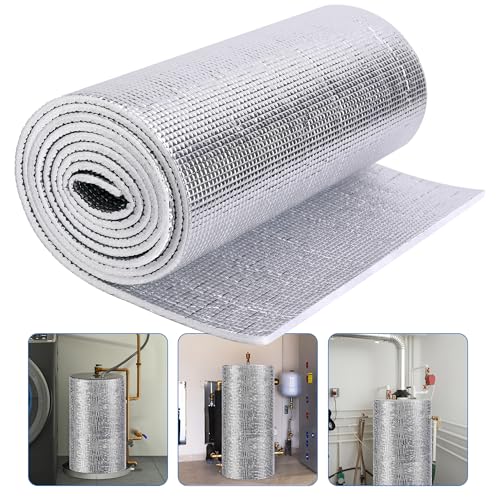"Rated" eye bolts should be marked with the grade, just like regular bolts, but sometimes with the weight rating.
You are absolutely right in your assessment that the weight rating is for full tension load at 0-5 degrees.
ASME B30.26 states that between 6-15 degrees, you are at 55% of rated load., and between 16-90 degrees 25% of rated load.
Just a WAG here but I suspect that the eyebolt may be the strongest part of your system, and some of the other components the weaker links.
I cannot really tell from the photos, but instead of jerry rigging a solution with some of the parts you show, is it possible to use a "come along" lift? Something like this? They come in all sizes and shapes, usually in ratings measured in tons or fractions thereof, from the usual gang of suspects (Northern Tool, Grainger, etc.) If you can find one with a long enough steel cable the rope issue is a non issue. You can find ones priced between $60-$80.
Years ago, my father and I constructed an engine hoist made from a come along, and an A-Frame made with 2x4s. There were two A frames, reinforced with a cross member, and a horizontal 2x6 piece to connect the two. Looked like a children's swing set frame but made of wood. It was all portable. We'd often take it to a junkyard or even to someone's home to remove an engine from an automobile. Never had a failure or even any cracking sounds, and these engines were a bit heavier than an empty water heater.
View attachment 44179



























































